4 spots to observe red-crowned cranes
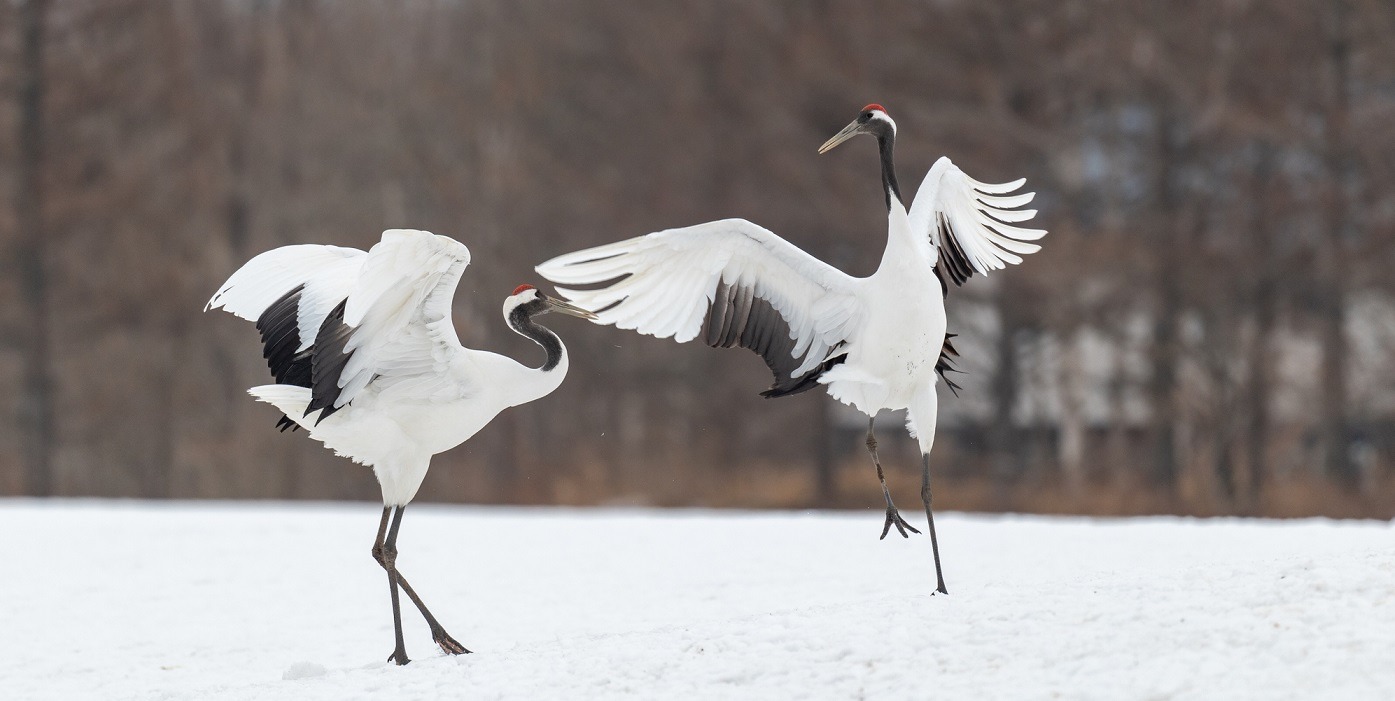
Hokkaido, with its vast and majestic nature, is home to many wild animals. Among them, the 'red-crowned crane,' which has been loved by Japanese people for a long time, appearing in origami and old tales, is cherished as a representative wild bird of Hokkaido. When you visit Hokkaido, be sure to see the red-crowned crane, a special natural monument! Here, we introduce spots where you can observe the red-crowned crane.
- * Please note that the text shown on this page includes machine translations.
What is the "Tancho" crane, the bird of Hokkaido?
The Tancho crane, one of the largest wild birds in Japan, has a body length of about 140 cm and a wingspan that can reach about 240 cm. Covered in white feathers, the Tancho is characterized by its bright red crown. The name "Tancho" is written in kanji as "丹頂," where "丹" means "red" and "頂" means "head," referring to its red head.
Primarily inhabiting wetlands, rivers, and lakes, the Tancho crane was once thought to be extinct due to wetland development and overhunting. However, it was rediscovered in the Kushiro area during the Taisho era. Thanks to local conservation efforts, including feeding programs, the population has now recovered to over 1,500 birds.
Although often seen in snowy fields and feeding grounds during winter, giving the impression of a migratory bird, the Tancho actually resides in Hokkaido year-round. Spring and summer are breeding and nurturing seasons, so you might spot wild Tancho cranes scattered across various wetlands.
Symbolizing marital harmony, Tancho cranes are known to stay with their chosen mate for life. Their courtship dance, seen around mid-February, is particularly graceful and memorable.
Recommended Spots for Observing Tancho Cranes
〈Feeding Spot〉
Tsurumidai
Located in Tsurui Village in eastern Hokkaido, Tsurui Village is surrounded by the Kushiro Wetlands and serves as a wintering ground for Tancho cranes every year. One of the feeding spots in Tsurui Village is "Tsurumidai." At the feeding spot, corn and other food are provided to help the cranes survive the winter when food is scarce, thus protecting them. Feeding takes place from November to March, and around 180 cranes visit each year in search of food. The sight of cranes leisurely spending time in the spacious area is very graceful! In February, you can enjoy various scenes depending on the season, such as cranes performing courtship displays. It is also a popular photo spot that attracts many photographers and tourists from all over the country every winter. Additionally, there is a café in front of Tsurumidai where you can watch the cranes from the window while enjoying a meal. With delicious food, beautiful herb gardens, and souvenirs available, it's definitely worth a visit.
Tsurui-Ito Tancho Sanctuary
This is another feeding ground in Tsurui Village, covering a vast area of 10 hectares, where nearly 300 red-crowned cranes visit every year. Feeding takes place during the winter season from November to March, attracting many tourists. Feeding usually occurs around 9 AM and 2 PM, and visiting during these times allows you to see the precious sight of many cranes pecking at their food. Additionally, the sanctuary has a "Nature Center" operated by the Wild Bird Society of Japan, where you can observe the cranes indoors, making it a safe visit even in cold weather. It is recommended to listen to detailed explanations about the cranes' ecology, calls, and behavior from rangers or volunteer guides before observing. Enjoy the beautiful sight of cranes calling to each other and gracefully taking flight at your leisure.
Akan International Crane Center Grus
"Akan International Crane Center Grus," which is open year-round. In the outdoor breeding area, red-crowned cranes and white-naped cranes are kept, allowing close observation regardless of the season. Since it is difficult to encounter wild cranes in the summer, it is delightful to be able to observe cranes kept in a natural-like environment at any time.
The center also has extensive facilities, including exhibition rooms and video corners where you can learn in detail about the ecology and characteristics of the cranes, as well as a library with literature on cranes. There is also a kids' space with computer quizzes and wooden toys, making it perfect for family visits.
〈Facilities for observing red-crowned cranes in any season〉
Kushiro City Tancho Crane Nature Park
At the Kushiro City Tancho Crane Nature Park, you can see several red-crowned cranes living freely throughout the year. The park was established to protect and breed these cranes, and in 1970, it became the first in the world to successfully hatch a crane artificially. The park is renowned for its excellent hatching techniques. The cranes are kept in conditions that closely resemble their natural habitat, allowing visitors to observe them in a lively and natural state. One of the park's attractions is the ability to see the cranes up close, making it easy for families with small children to enjoy. The cranes enter their breeding and birthing season from April to May, so visiting during this time might give you the chance to see crane chicks! Observing the cranes' parenting, as they are known for their lifelong monogamous relationships and dedication to their families, can be a precious experience. The park also features an observation deck with a panoramic view of the breeding grounds, an exhibition room, and a rest area where you can watch the cranes from indoors. The park is conveniently located about a 10-minute drive from Kushiro Airport, making it an easy visit.
SL Fuyu-no-Shitsugen Train
The "SL Fuyu-no-Shitsugen Train" running through Kushiro Shitsugen National Park is a winter sightseeing highlight in Hokkaido. The sight of the train running through Hokkaido's vast natural landscape is truly impressive! It operates only during the winter season from January to March, covering a distance of 48.1 km from JR Hokkaido's Kushiro Station to Shibecha Station, offering a steam locomotive journey of about an hour and a half. The train features a variety of cars, including a stove car with a charming Daruma stove, a Tancho car decorated with red-crowned cranes and Ezo deer, and a café car with a shop. The retro interior of the train enhances the nostalgic atmosphere, making the SL train experience even more enjoyable. The scenery from the train windows is breathtaking, with the vast Kushiro Wetlands spreading out before your eyes. If you're lucky, you might even spot wildlife such as red-crowned cranes, Hokkaido foxes, and Ezo deer. The journey is filled with special experiences unique to this limited-time train, including explanations from nature guides and announcements from the train staff. A trip on the SL train is sure to become a special memory of winter in Hokkaido! Be sure to give it a try.
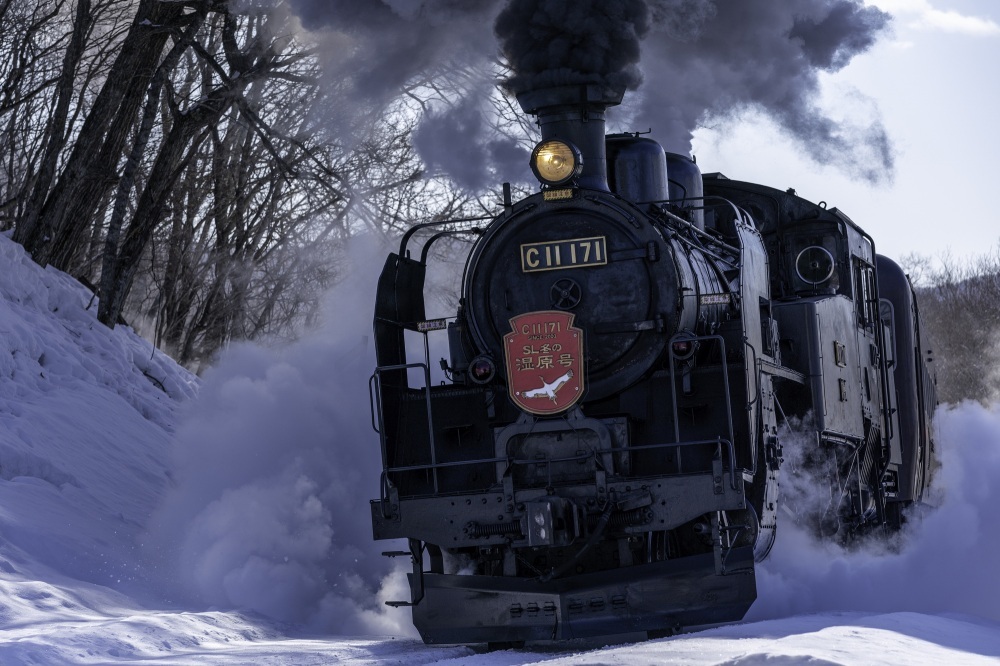
[Special Edition] If You Want to See Red-Crowned Cranes at the Zoo
- Asahiyama Zoo
- A zoo, popular as a tourist attraction in Hokkaido, where you can see animals living comfortably in spaces designed to match their natural behaviors. Among the exhibits is the 'Red-crowned Crane House,' which recreates the wetlands and marshes where the cranes live. The spacious facility and enclosure, with a height of 9 meters, allow visitors to observe the cranes as they search for and eat small fish and loaches. Other unique features of this Hokkaido zoo include the 'Ezo Brown Bear House,' 'Ezo Deer Forest,' and 'Hokkaido Native Animal House,' where you can encounter various animals native to Hokkaido.

- View more
- Kushiro Zoo
- In the spacious park, about 60 species and about 390 animals live. Since its opening, the 'Red-crowned Crane Conservation and Breeding Center' has been established, where injured wild red-crowned cranes are treated, protected, and bred, making it an important facility for preserving life. Within the park, there is a 'Hokkaido Zone' where various animals native to Hokkaido, such as the Blakiston's fish owl, Whooper swan, and Hokkaido squirrel, live. Additionally, at the 'Red-crowned Crane Observation Plaza,' you can see the cranes up close as they thrive.

- Kushiro Zoo
Follow the rules and observe the red-crowned cranes!
In Hokkaido, there are many animals designated as natural monuments or endangered species. When observing red-crowned cranes and other wildlife, please follow the rules and manners, such as not entering areas other than designated ones, not making loud noises or startling the animals, not feeding them, and not using flash photography. Let's observe the animals respectfully. Enjoy the graceful sight of red-crowned cranes dancing in the snow.
Ranking of popular articles
- Hokkaido Summer Travel Guide
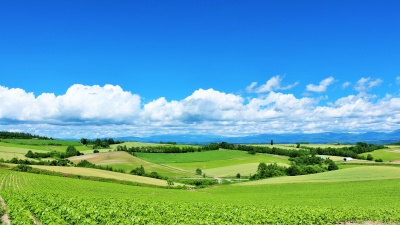
- https://www.visit-hokkaido.jp/en/feature/travelguide_summer
- Hokkaido Spring Travel Guide
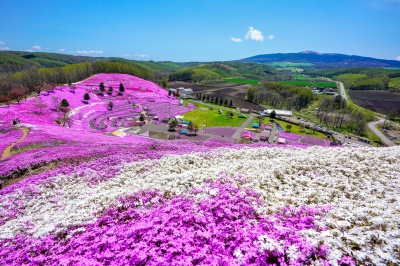
- https://www.visit-hokkaido.jp/en/feature/travelguide_spring
- Here are the recommended cherry blossom viewing spots!
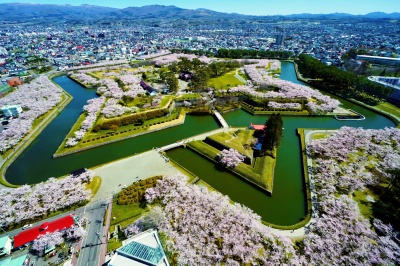
- https://www.visit-hokkaido.jp/en/feature/sakura
- 4 spots to observe red-crowned cranes
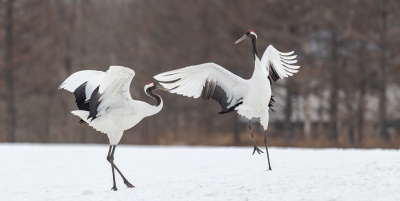
- https://www.visit-hokkaido.jp/en/feature/tancho
- When is the best time to see lavender? Recommended Lavender Spots in Hokkaido
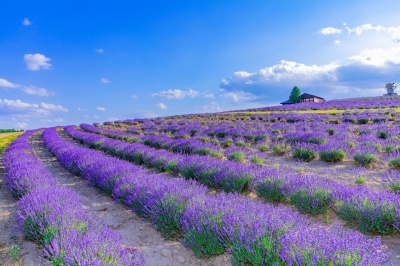
- https://www.visit-hokkaido.jp/en/feature/lavender



















